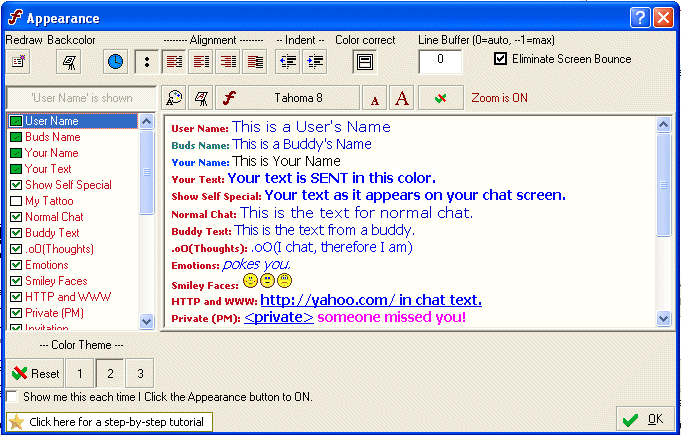

“People met and got acquainted in Talkomatic, and carried on romances via “term-talk” and Personal Notes,” one of its creators, David Woolley, wrote in his 1994 history of the program. In other words, they just wanted to chat. PLATO had been designed for classroom use according to its creators’ original plans, “communication between people would play an incidental role.” But as more people signed on to the community, its participants began to notice something striking: In the freewheeling, pseudonymous realm of PLATO, people began to form highly personal, social connections that had nothing to do with academics. But at the time, Talkomatic was something of a revelation.

It was primitive, by modern standards: Only five people could chat at once, and their messages displayed letter-by-letter as they typed. Talkomatic, the program’s appropriately retro name, was born out of PLATO, a computer-based education program at the University of Illinois, in 1973. Just look at the earliest, successful forerunner to online chat - a program that academics invented, almost by accident, long before the birth of the World Wide Web. The feeling that this was a new and semi-lawless space, that unexpected things could happen.”ĭewey then launches into a look back at… Talkomatic:

“Like other modern attempts to reincarnate the ’90s chat room, seems to lack that critical quality that made early AIM, Yahoo Messenger and MSN fun: the edge of quirkiness, transgression and inventiveness. In October 2014, the Washington Post published a piece by Caitlin Dewey, A complete history of the rise and fall - and reincarnation! - of the beloved ’90s chatroomĭewey observes that it’s an odd time for Facebook to launch its new Rooms app, since over the past few years AOL, Yahoo, and MSN have been shutting down their realtime text chat features.


 0 kommentar(er)
0 kommentar(er)
